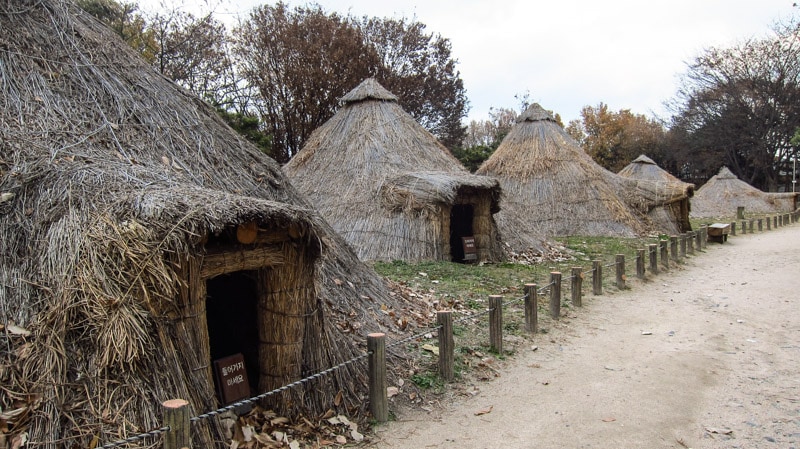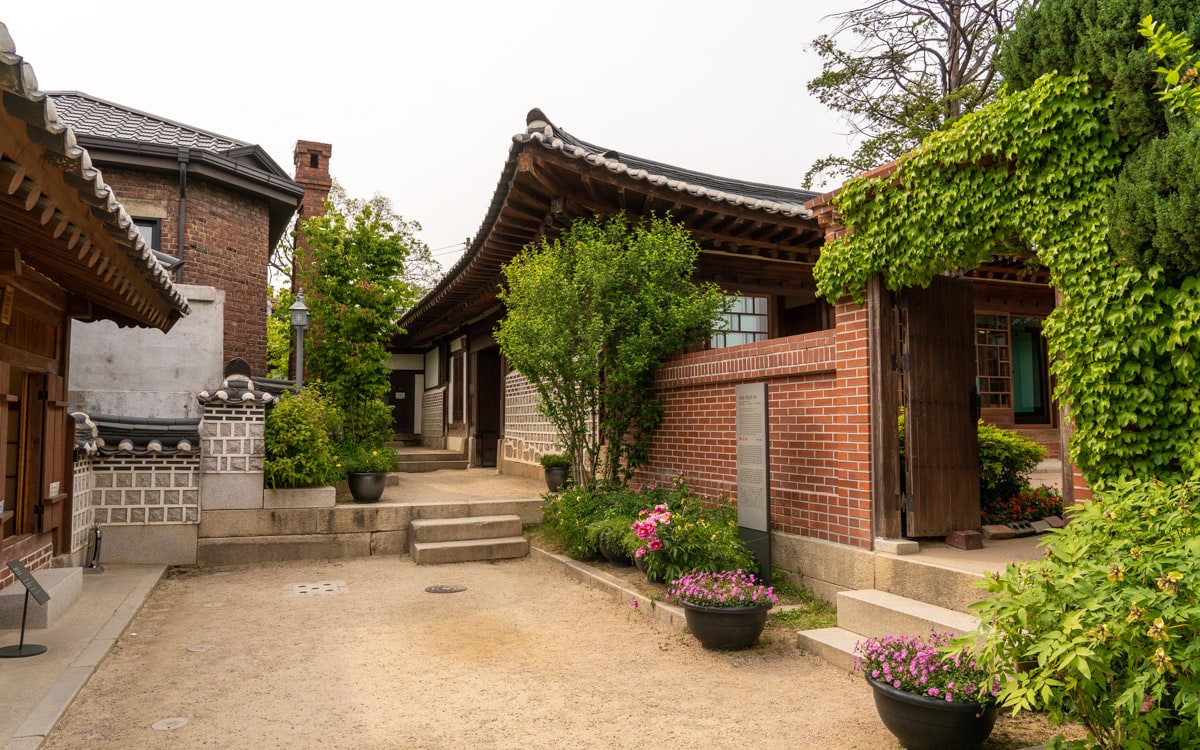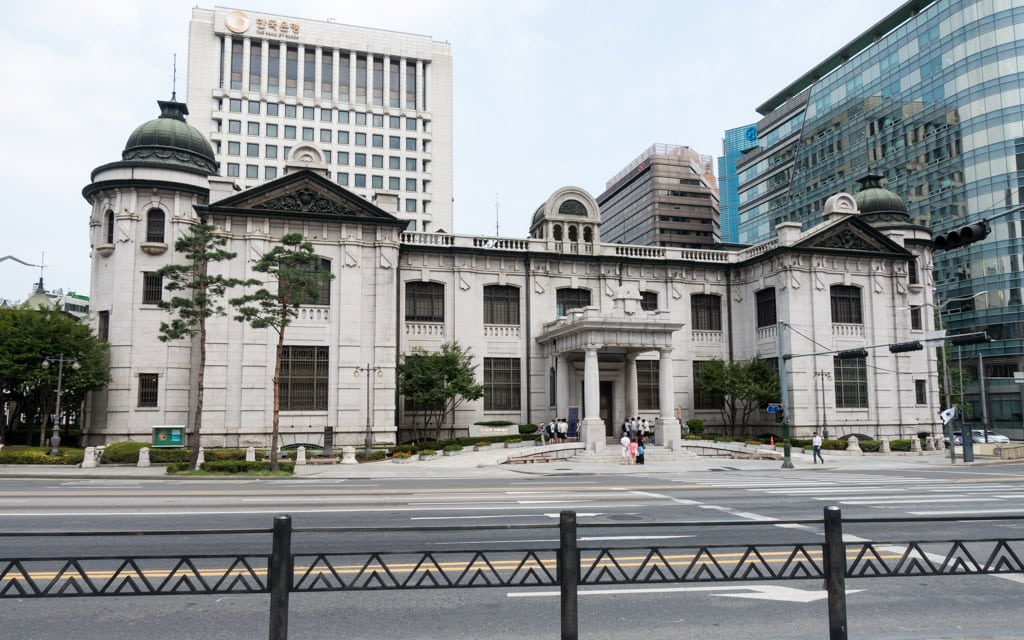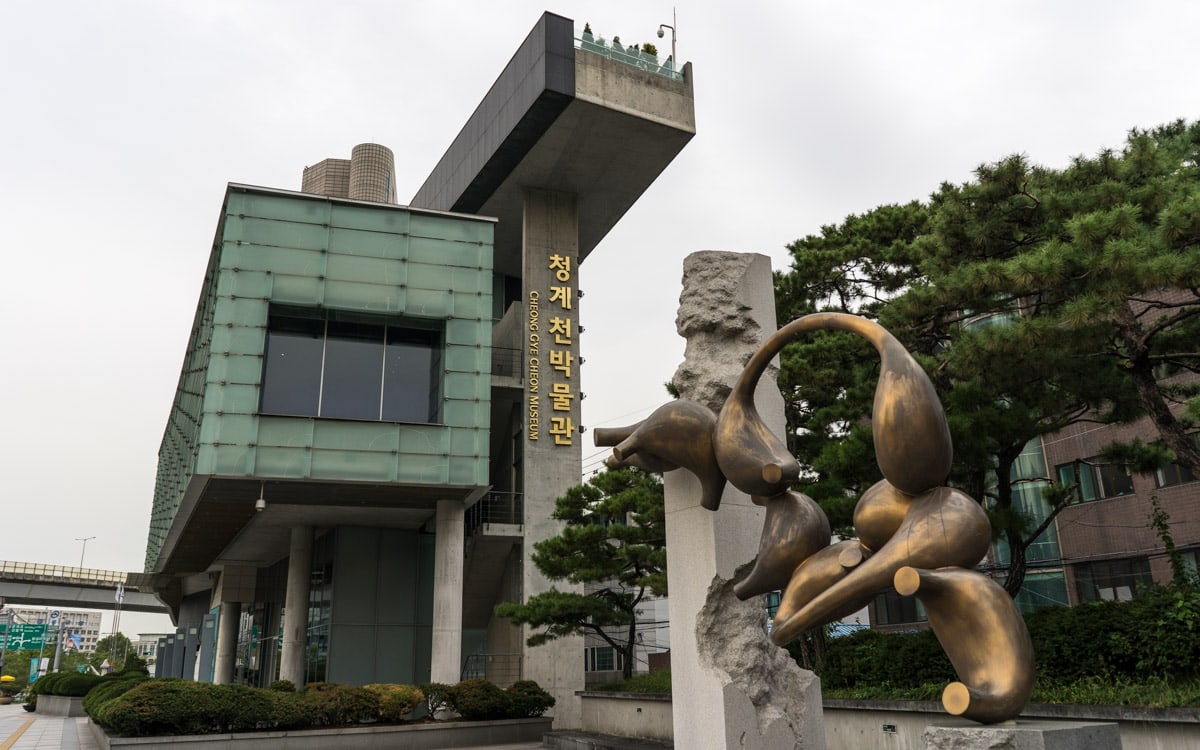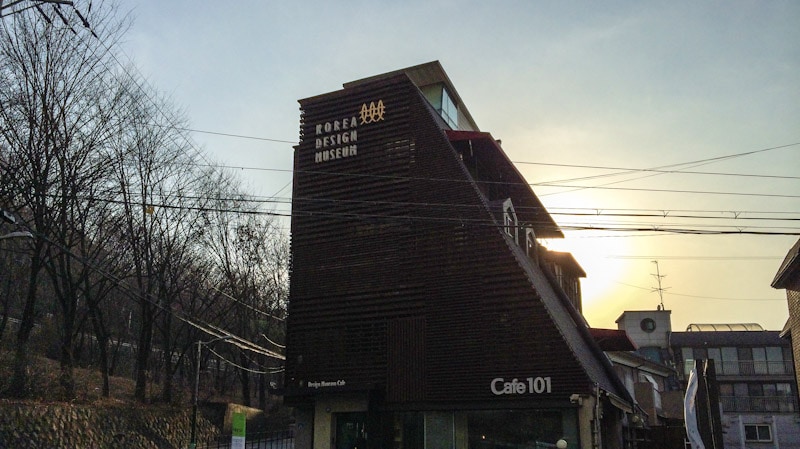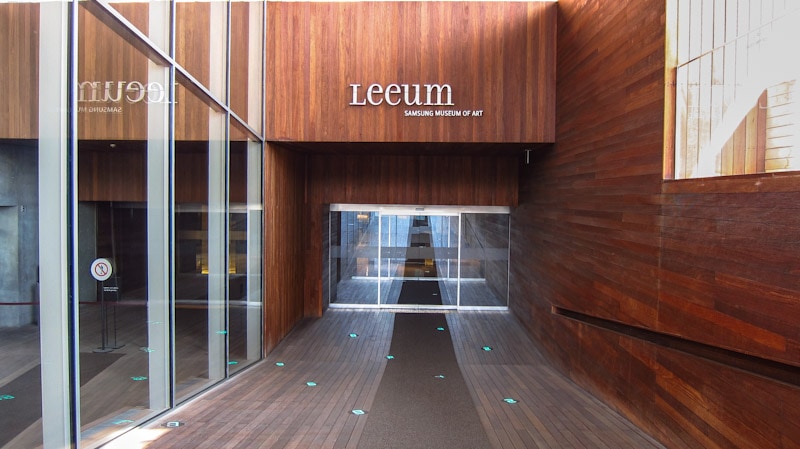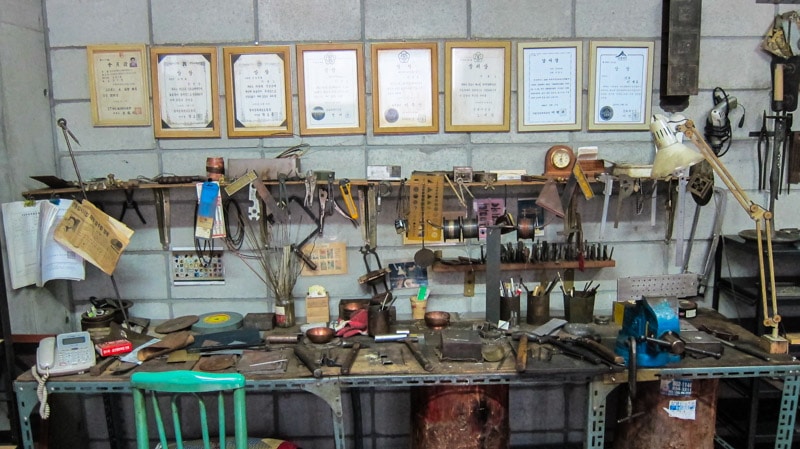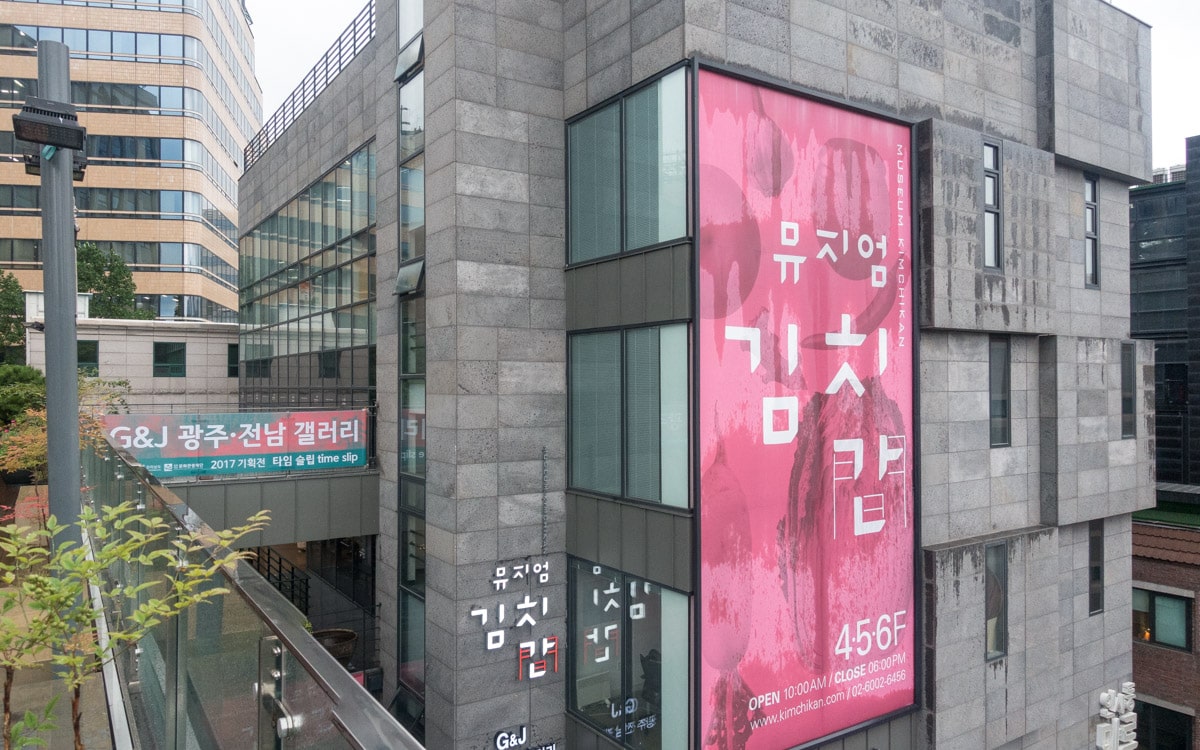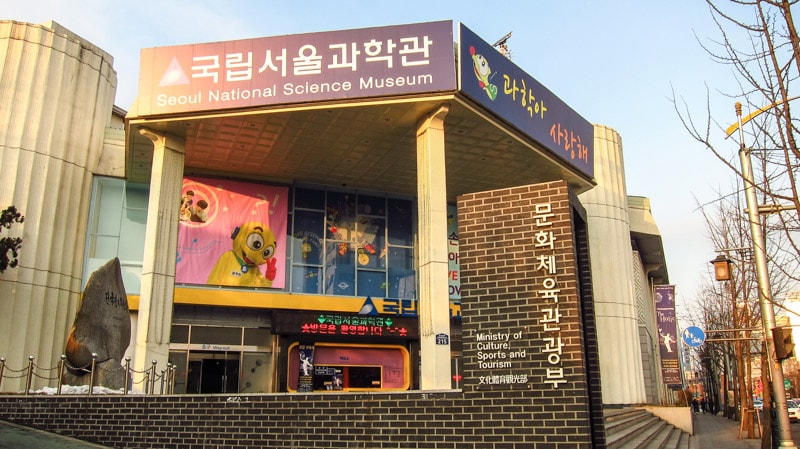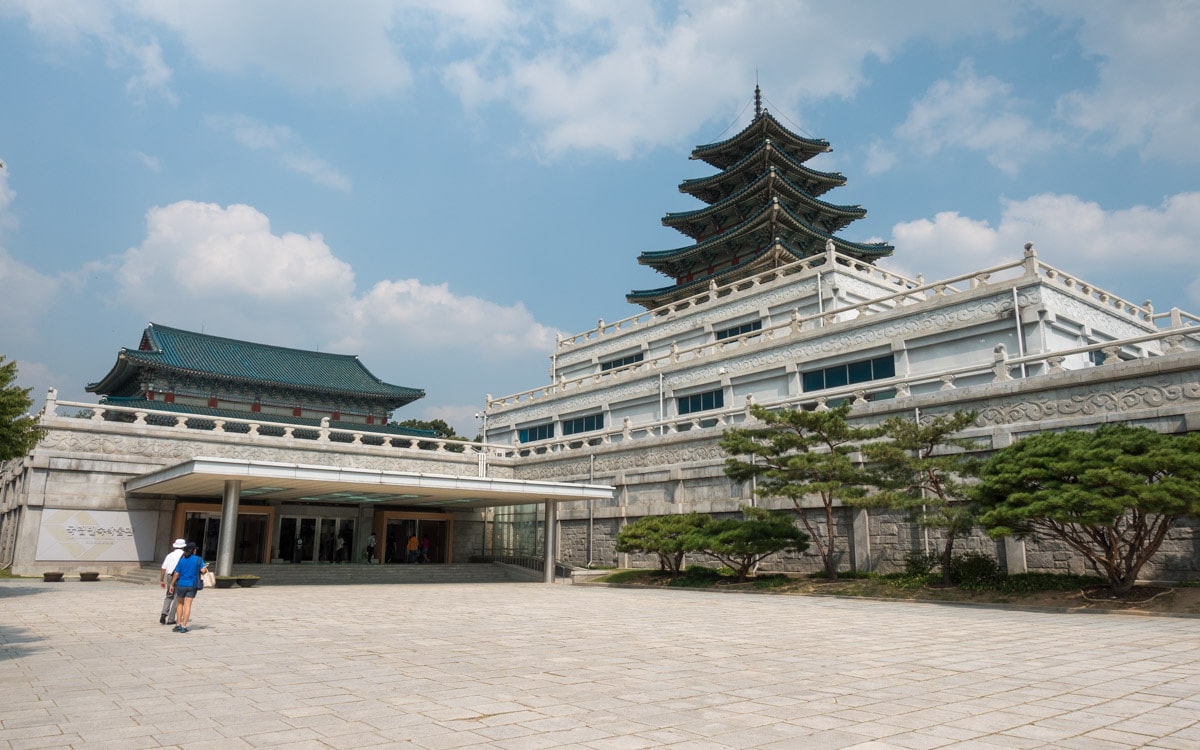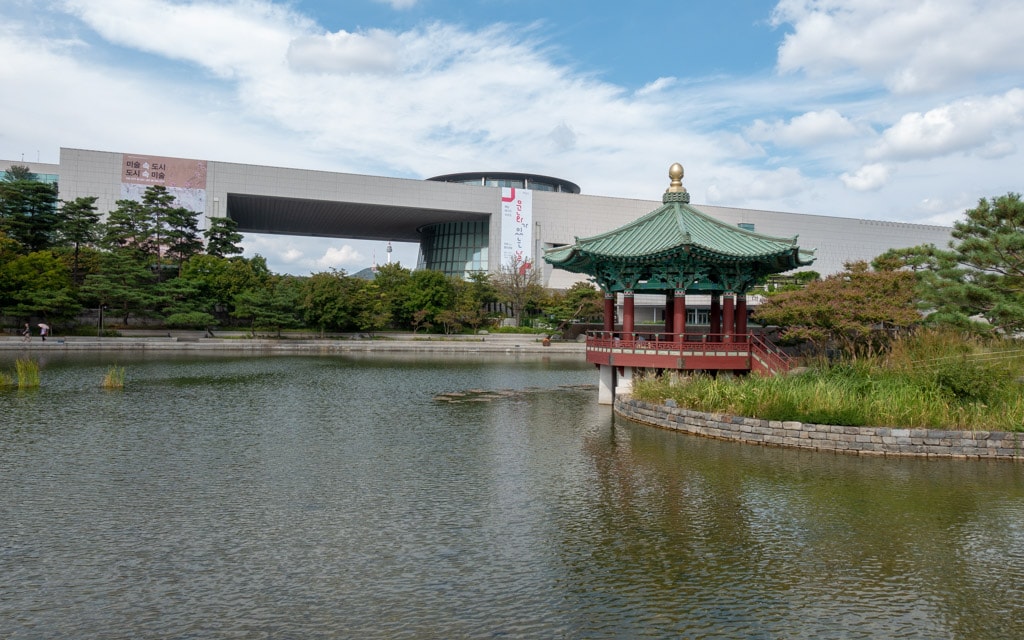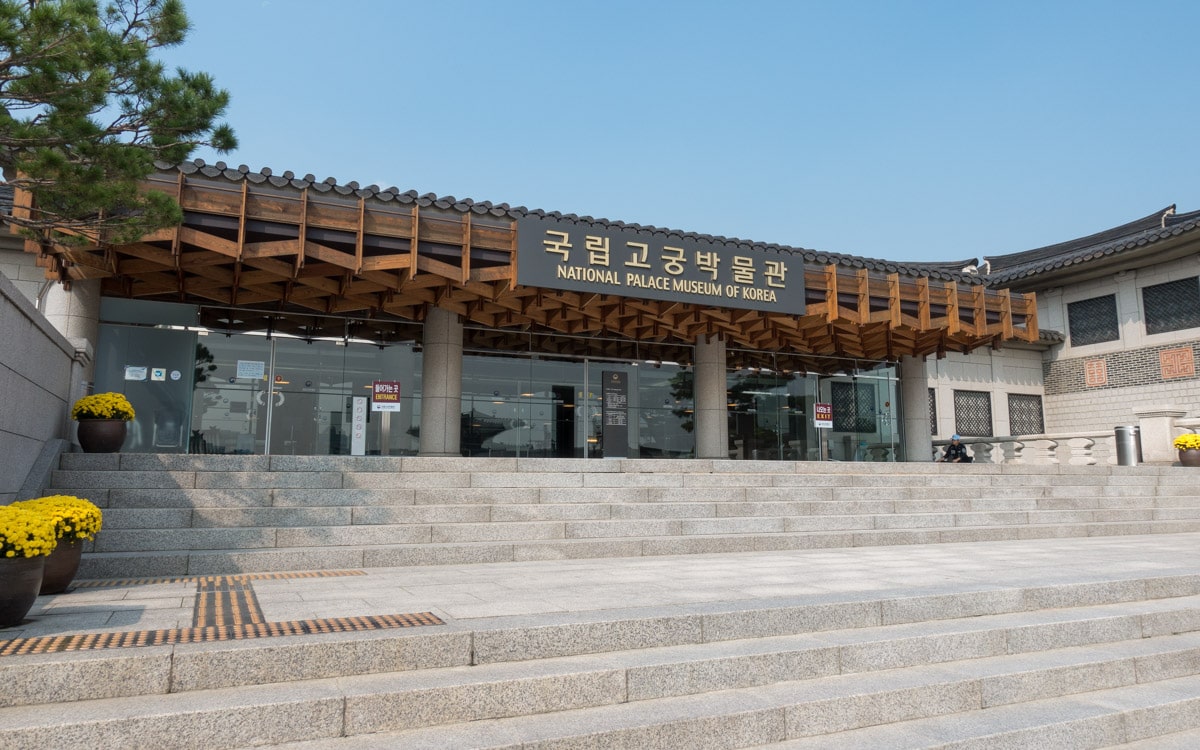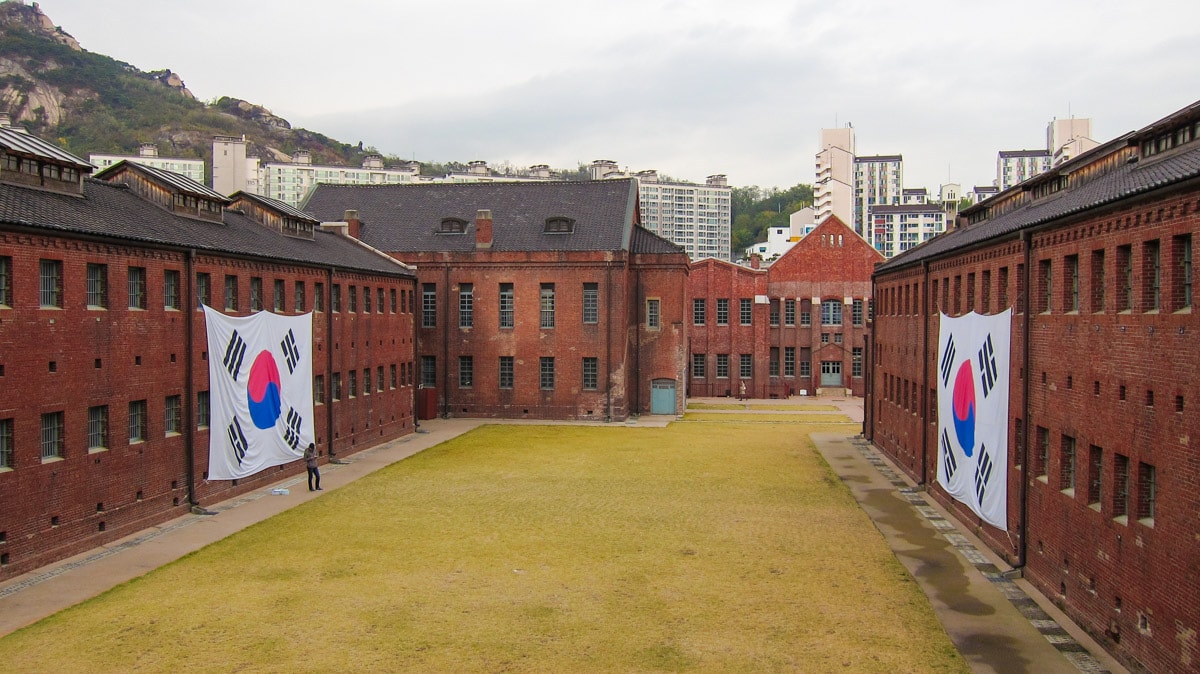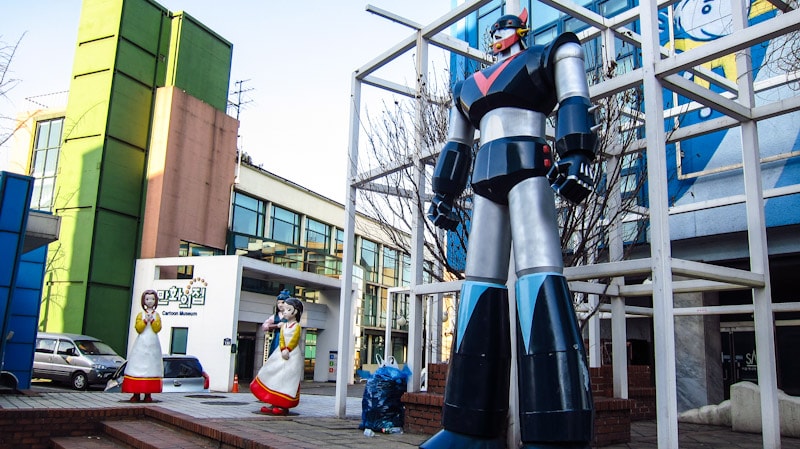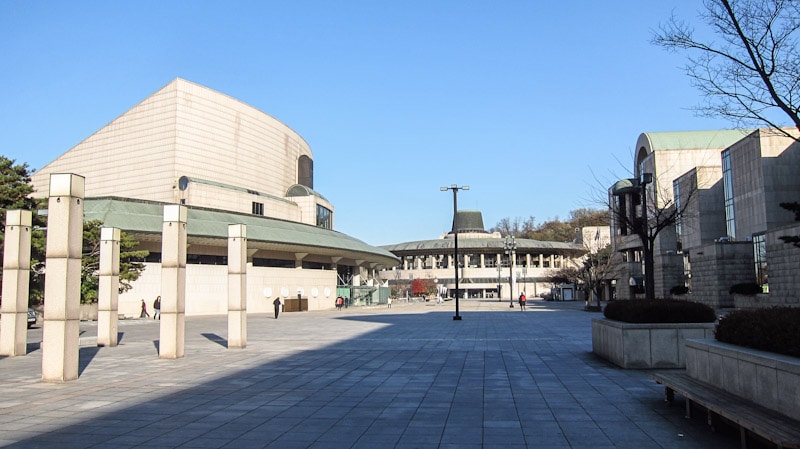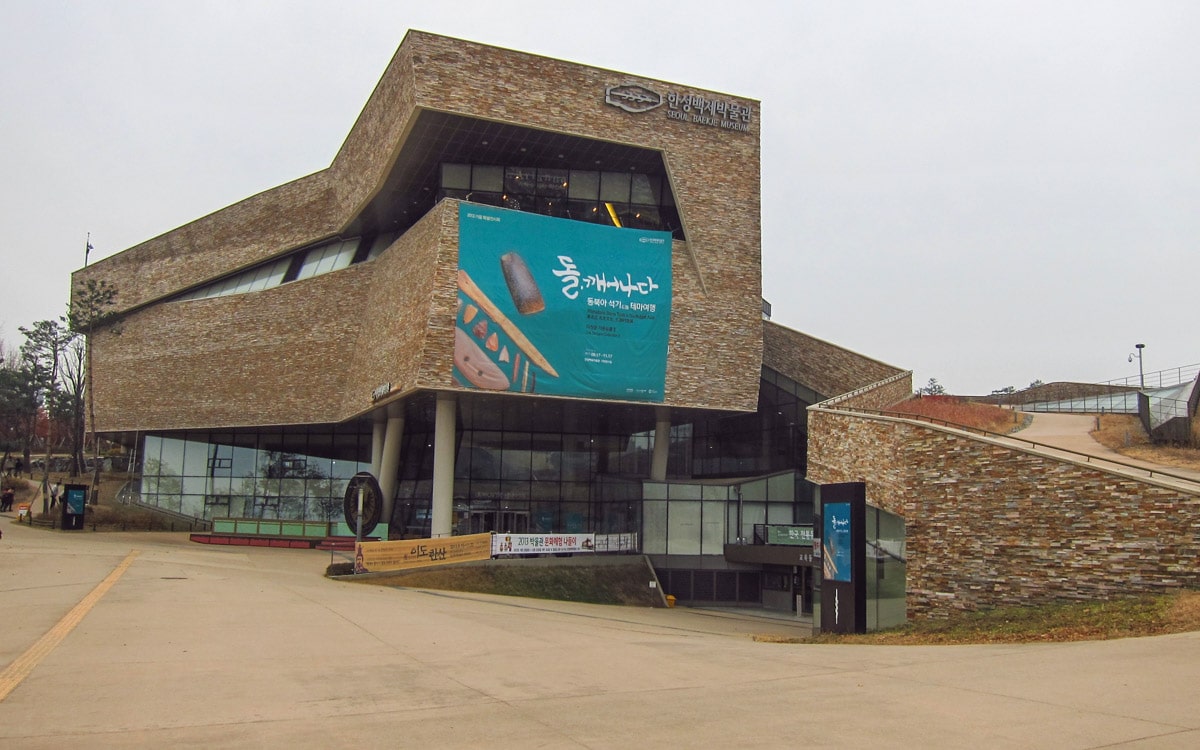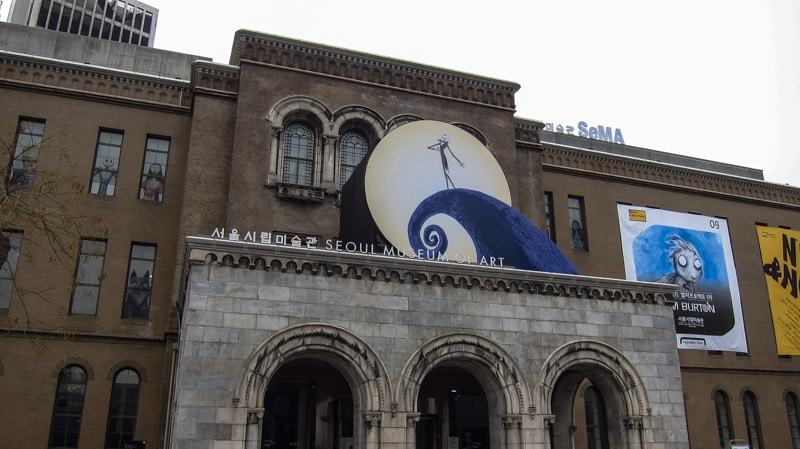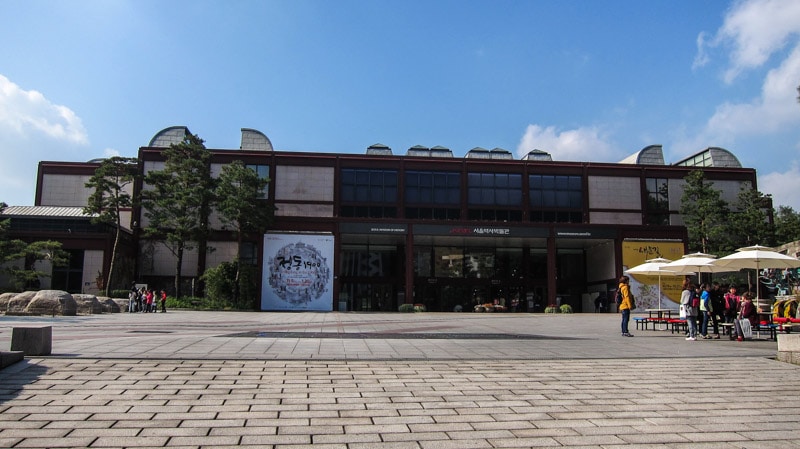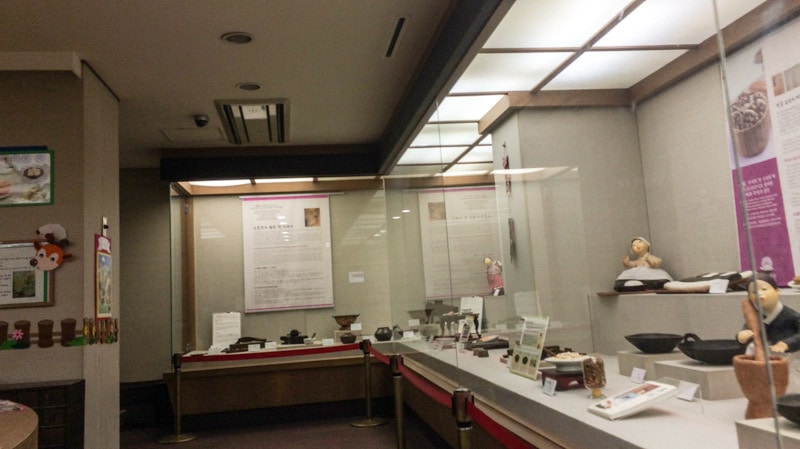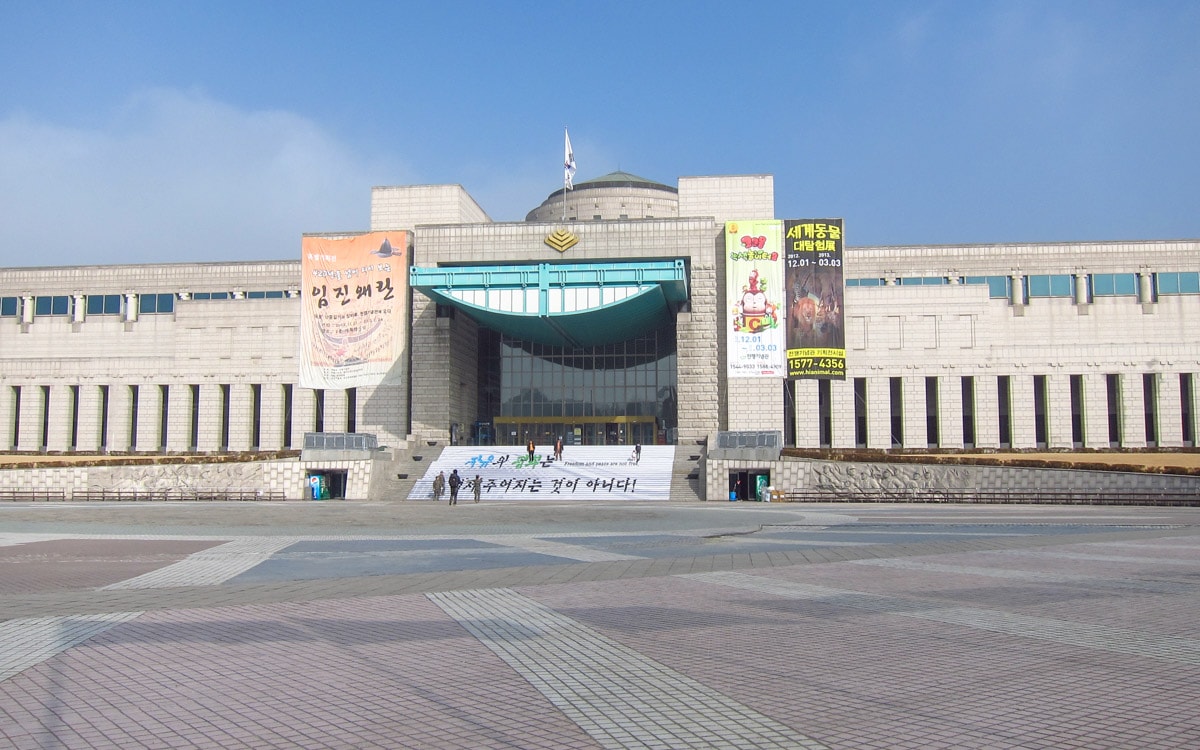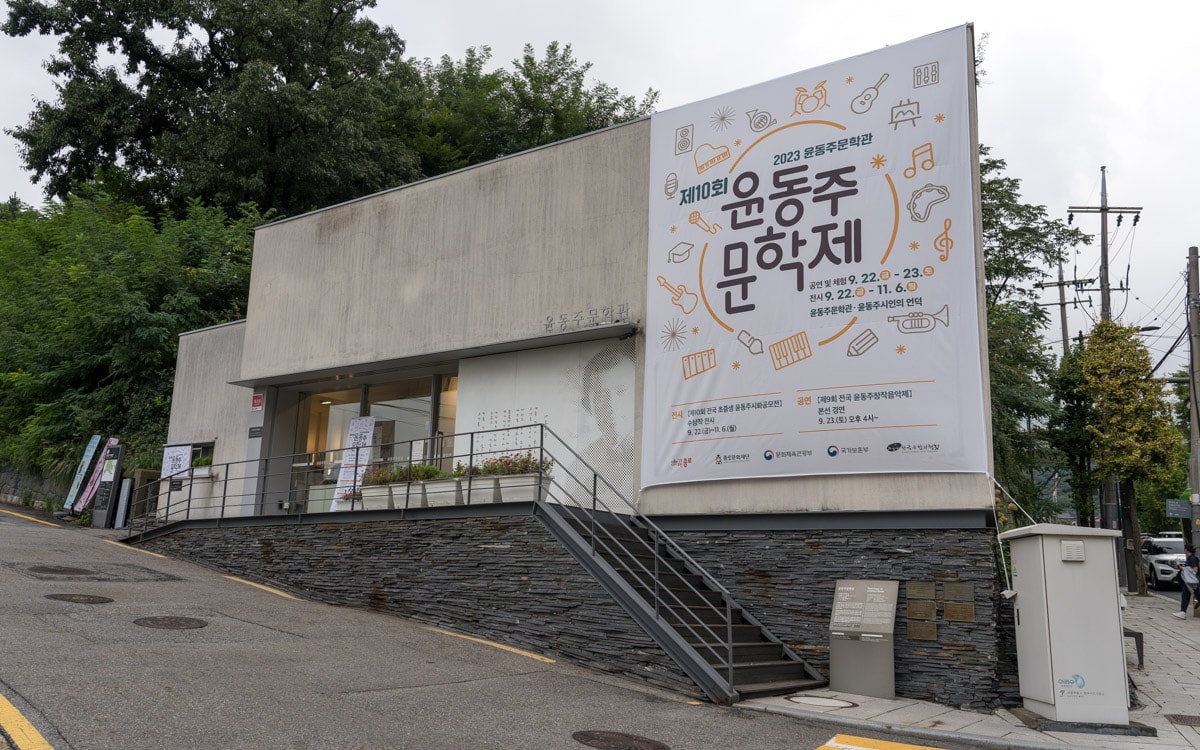Amsadong Settlement Prehistoric Site
Amsadong Prehistoric Settlement Site, discovered in 1925, was once the location of a Neolithic village situated on the Hangang River over 6,000 years ago. The site was discovered in 1925 after a flood revealed buried earthenware pots. Excavation work did not begin until 40 years later in 1967. After heavy rain in 1925, the Hangang River flooded and soil was swept away.
Read more about Amsadong Settlement Prehistoric Site
Baek In-je House Museum
Baek In-je House Museum is a museum and cultural heritage site located in the Gahoe-dong neighborhood of Bukchon Hanok Village. Dating back over 100 years, the house is one of the finest examples of a modern hanok (traditional Korean house) from the period. Though built using traditional styles, the house uses modern techniques of the time including glass windows, doors, and red bricks.
Read more about Baek In-je House Museum
Bank of Korea Museum
The Bank of Korea Museum displays various currencies from Korea and from around the world that date all the way back to ancient times up until present day. Construction on the building started in November, 1907 and was completed in January, 1912. The museum was designed by Japanese architect Tatsuno Kingo, who also designed Tokyo Station in Japan.
Read more about Bank of Korea Museum
Cheonggyecheon Museum
Located on the eastern part of the Cheonggyecheon Stream, not frequently visited by tourists, is the little known but interesting Cheonggyecheon Museum. This museum opened on September 26, 2005. The purpose of the museum is to preserve the history of the stream and commemorate the restoration of the waterway that was once the location of an elevated highway.
Read more about Cheonggyecheon Museum
Korea Modern Design Museum
On the outskirts of Hongdae (Hongik University Area) is the Korea Modern Design Museum, a little known museum that features a collection of over 20,000 Korean design history items. The museum, which opened in March 2008, features unique Asian and some European design items from the private collection of Seonmun University professor and museum director Park Arm-Jong, who has gathered items for over 20 years.
Read more about Korea Modern Design Museum
Leeum, Samsung Museum of Art
Leeum, Samsung Museum Of Art is a fascinating museum that focuses on traditional and modern works of art by artists from Korea and from around the world. The museum and its galleries, some of the most esteemed in all of Korea, opened in 2004. Leeum, Samsung Museum Of Art is located just east of the international nightlife area of Itaewon.
Read more about Leeum, Samsung Museum of Art
Lock Museum
The Lock Museum displays antique locks, keys, and furniture from Korea and all over the world and conserves this disappearing art for future generations. The museum, which features over 4,000 different types of locks, is located in the district of Daehangno (College Street) near Daehak-ro southeast of Hyehwa Station. The museum was opened in a beautiful modern building in November 2003 by Choi Hong-gyu.
Museum Kimchikan
Museum Kimchikan, located in Insadong, features everything kimchi from its history to the many methods of making this popular fermented Korean dish. The museum was first established as the Pulmuone Kimchi Field Museum in 1986 as a way to promote the history of kimchi both in Korea and internationally. In 1988, the museum moved to the Starfield COEX Mall.
Read more about Museum Kimchikan
National Children's Science Center
Just north of the main gate of Changgyeonggung Palace is National Children's Science Center which features interesting exhibits for both children and adults. This museum was formerly known as the Seoul National Science Museum. The museum which is often missed by most tourists features three floors of exciting and interactive exhibitions along with a museum shop and lounge where parents and visitors can relax and rest.
Read more about National Children's Science Center
National Folk Museum of Korea
The National Folk Museum of Korea is a museum on the grounds of Gyeongbokgung Palace, not to be confused with the nearby National Palace Museum of Korea which is also found on the palace grounds. The museum dates back to April 25, 1946. In 1975, the museum moved to the grounds of Gyeongbokgung Palace.
Read more about National Folk Museum of Korea
National Museum of Korea
The National Museum of Korea is the largest museum in Korea. It showcases important cultural assets of Korea from prehistoric times through modern day. The museum opened on October 28, 2005 on the grounds of Yongsan Family Park. Many of the pieces found at the National Museum Of Korea today were first located at the Imperial Household Museum at Changgyeonggung Palace.
Read more about National Museum of Korea
National Palace Museum of Korea
The National Palace Museum of Korea, located on the grounds of Gyeongbokgung Palace, houses a collection of over 900 relics and 40,000 artifacts from the royal court of Joseon Dynasty palaces including Gyeongbokgung, Changdeokgung, Changgyeonggung, and Jongmyo. Initially, the museum opened on the grounds of Changgyeonggung in 1908 and went by the name Korean Imperial Museum.
Read more about National Palace Museum of Korea
Seodaemun Prison History Hall
The Seodaemun Prison History Hall is a museum and memorial that honors those who suffered and gave up their lives for Korea during the Japanese occupation. The institution was used by the Japanese to house independence and pro-democracy activists. It also represents the suffering of the Korean people as they struggled to archive independence and democracy.
Read more about Seodaemun Prison History Hall
Seoul Animation Center
Read more about Seoul Animation Center
Seoul Arts Center
Read more about Seoul Arts Center
Seoul Baekje Museum
Seoul Baekje Museum preserves the history and culture of the Baekje kingdom which established the capital of Hanseong which later would become Seoul. The history of Seoul dates back thousands of years when the Baekje kingdom flourished on the banks of the Hangang River. Artifacts and displays in the museum focus on prehistoric times and on the 500 year history of the Baekje from 18 B.C.
Read more about Seoul Baekje Museum
Seoul Museum of Art
Read more about Seoul Museum of Art
Seoul Museum of History
Opened in 1985, the Seoul Museum of History proudly preserves and showcases the history, tradition, and culture of this great country. The museum is located adjacent to Gyeonghuigung Palace. On May 5, 2002, the museum reopened after renovations to the thrill of the citizens of Korea. Everything you wanted to know about the history of Seoul can be found at this interesting free museum.
Read more about Seoul Museum of History
Tteok Museum
The Tteok Museum features displays of 50 different types of tteok, or rice cakes, and utensils used to make the dish enjoyed by generations of Koreans. The museum, located in Jongno-gu just east of Insadong, first opened in December, 2002. Tteok is made using glutinous rice flour and can be made using several methods including streaming, pounding, frying, and boiling.
War Memorial of Korea
The War Memorial of Korea is a large memorial that commemorates the victims of the Korean War and other wars throughout the history of the country. When the memorial was opened on June 10, 1994 it was the largest of its kind in the world. It took the hard work and research of countless numbers of experts from all different fields to make this museum possible.
Read more about War Memorial of Korea
Yun Dong-ju Literature Museum
The Yun Dong-ju Literature Museum is dedicated to Yoon Dong-ju, one of Korea's most beloved poets. Yoon's extensive collection of over 100 poems, including 'Sky, Wind, Stars, and Poem,' was profoundly influenced and shaped by the colonial rule that prevailed during his lifetime. Yoon composed his entire body of poetry in the Korean language.
Read more about Yun Dong-ju Literature Museum
Last Updated on Feb 29, 2024
